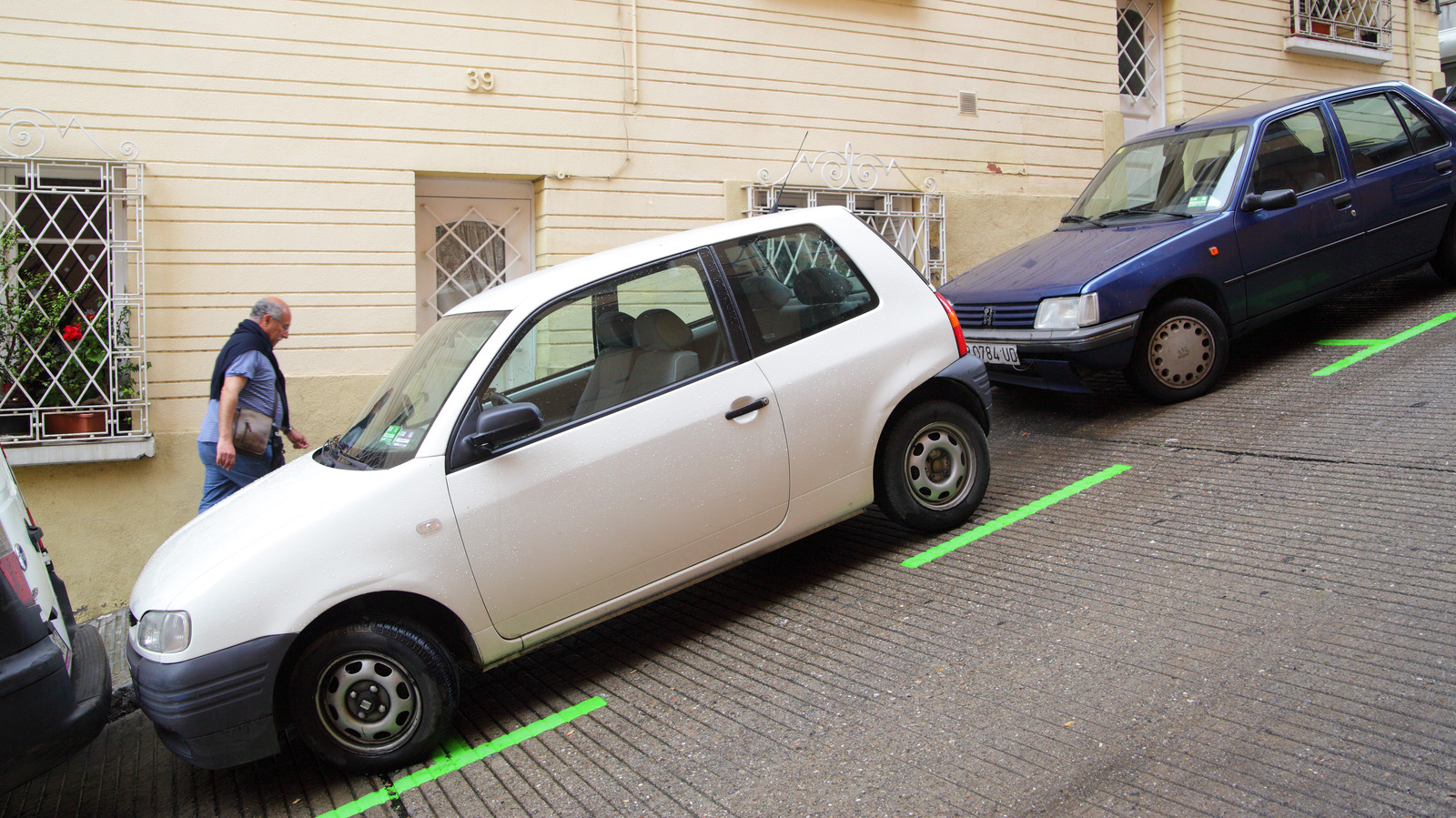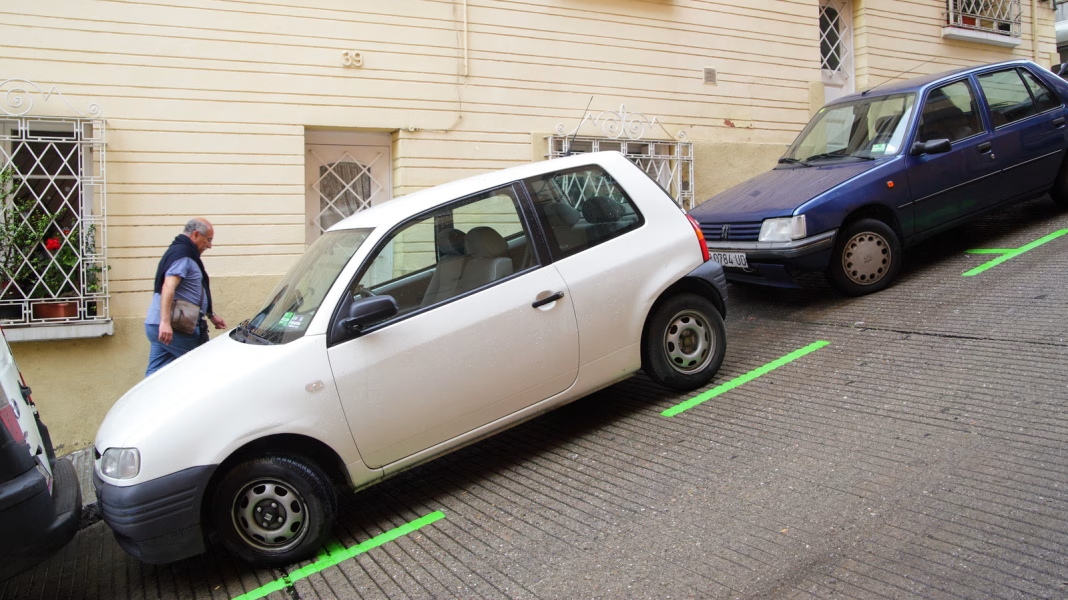Parking on an incline can feel like a high-stakes game of Jenga. One wrong move, and your car could roll away, potentially leading to costly damage or worse. While your vehicle’s transmission is designed to handle countless gear changes, improper parking techniques can put unnecessary strain on it. Let’s dive into how to park safely on an incline, ensuring both your car and your peace of mind stay intact.
Understanding the Risks of Parking on an Incline
When you park on a slope, gravity is your biggest adversary. If you simply throw your car into park without taking the right precautions, you risk putting excessive pressure on the transmission. This can lead to premature wear and tear, or even catastrophic failure. The last thing you want is to deal with a hefty repair bill or, worse, an accident caused by a rolling vehicle.
So, how do you avoid these pitfalls? It’s all about technique and a few simple steps.
Step-by-Step Guide to Parking on an Incline
1. **Choose the Right Spot**: Before you even think about parking, look for a flat area if possible. If you must park on an incline, aim for a spot that’s not too steep. A gentle slope is much easier to manage.
2. **Signal Your Intentions**: Always use your turn signal when preparing to park. This alerts other drivers of your intentions and helps prevent accidents.
3. **Position Your Vehicle**: As you approach the incline, steer your vehicle so that the front wheels are pointed toward the curb if you’re parking downhill, or away from the curb if you’re parking uphill. This is crucial for preventing your car from rolling.
4. **Engage the Parking Brake**: Once you’ve positioned your car, engage the parking brake firmly. This is your first line of defense against rolling. If your parking brake isn’t functioning properly, it’s time to get it checked out.
5. **Shift into Park**: After setting the parking brake, shift your vehicle into park. This locks the transmission and adds another layer of security against rolling.
6. **Turn Off the Engine**: Finally, turn off your engine. This may seem trivial, but it’s an important step in ensuring your vehicle doesn’t accidentally move.
7. **Check Your Surroundings**: Before you leave your car, take a moment to ensure the area is clear. Look for pedestrians, other vehicles, or any obstacles that could pose a risk.
Real-World Examples of Parking Mishaps
Consider the story of a friend who parked on a steep incline without engaging the parking brake. They thought they were safe, but a gust of wind nudged the car, sending it rolling down the hill and into a fence. Thankfully, no one was hurt, but the damage to the car and the fence was significant. This incident serves as a stark reminder of the importance of proper parking techniques.
The Importance of Regular Maintenance
While knowing how to park correctly is essential, it’s equally important to ensure your vehicle is in good working condition. Regular maintenance checks on your transmission and parking brake can prevent issues before they arise. If you notice any signs of wear, such as difficulty shifting gears or a parking brake that doesn’t hold, don’t hesitate to consult a professional.
The big takeaway? Parking on an incline isn’t just about finding a spot; it’s about taking the right steps to protect your vehicle. By following these guidelines, you can park with confidence, knowing you’ve done everything possible to keep your car safe. Start with one change this week, and you’ll likely spot the difference by month’s end.


